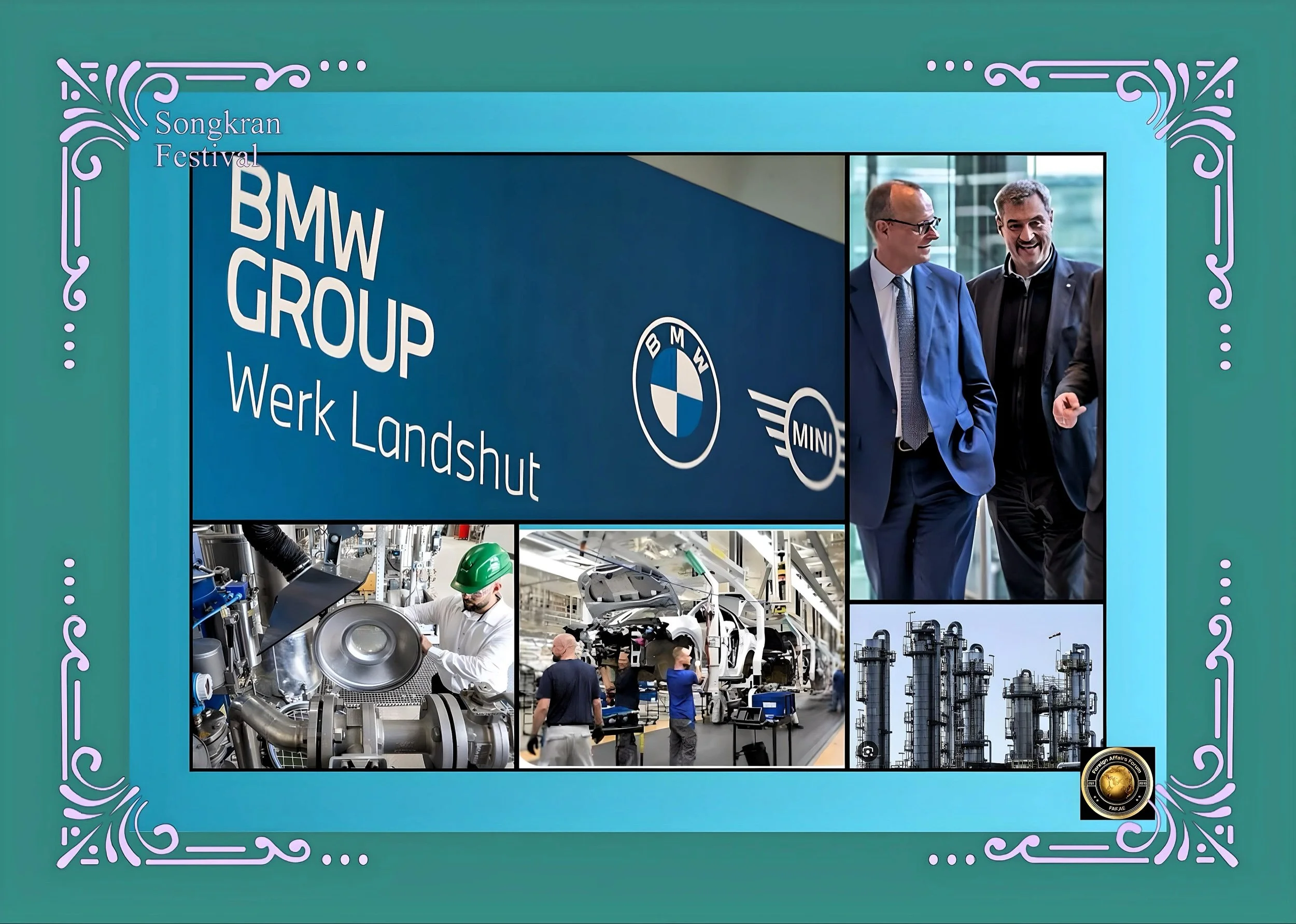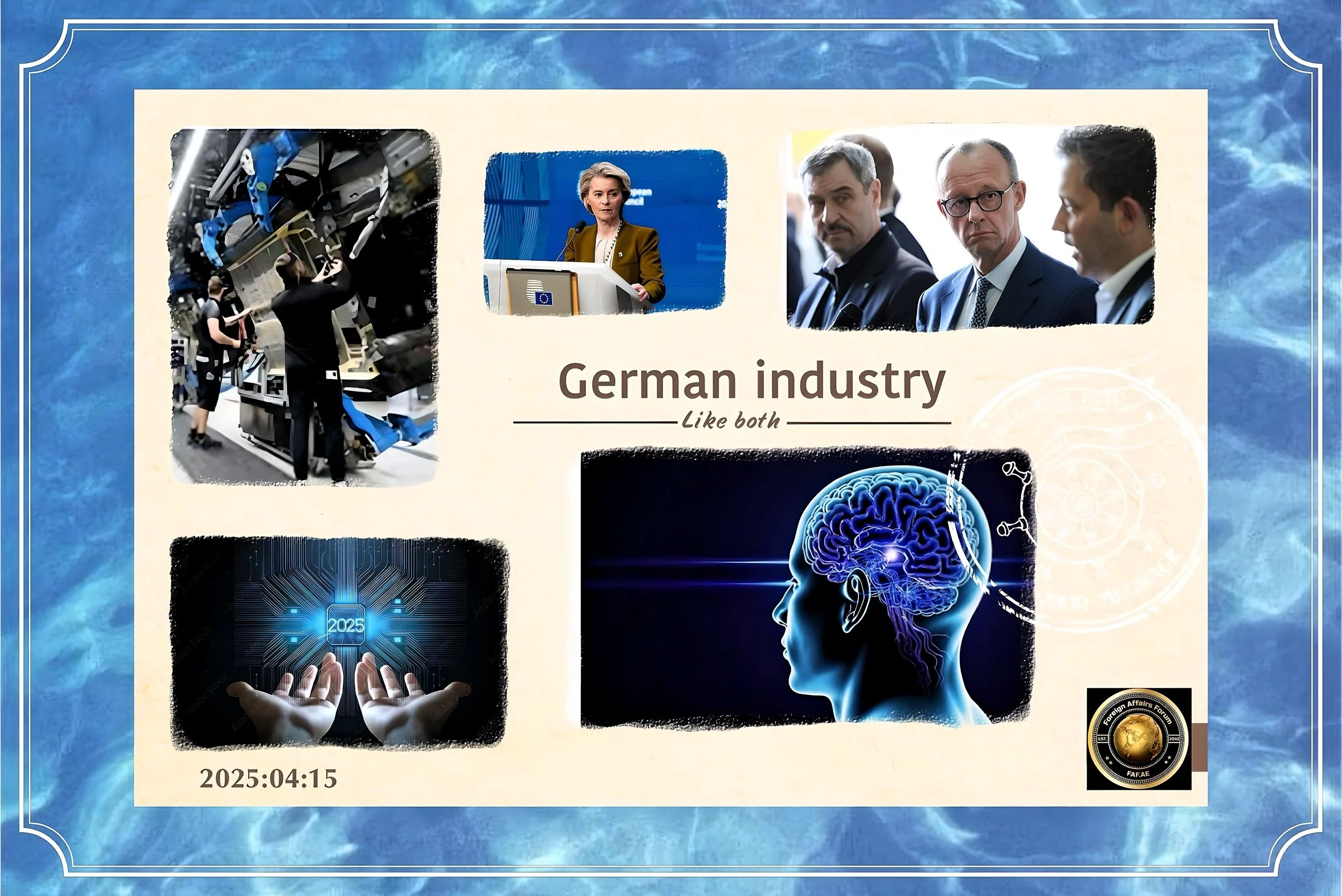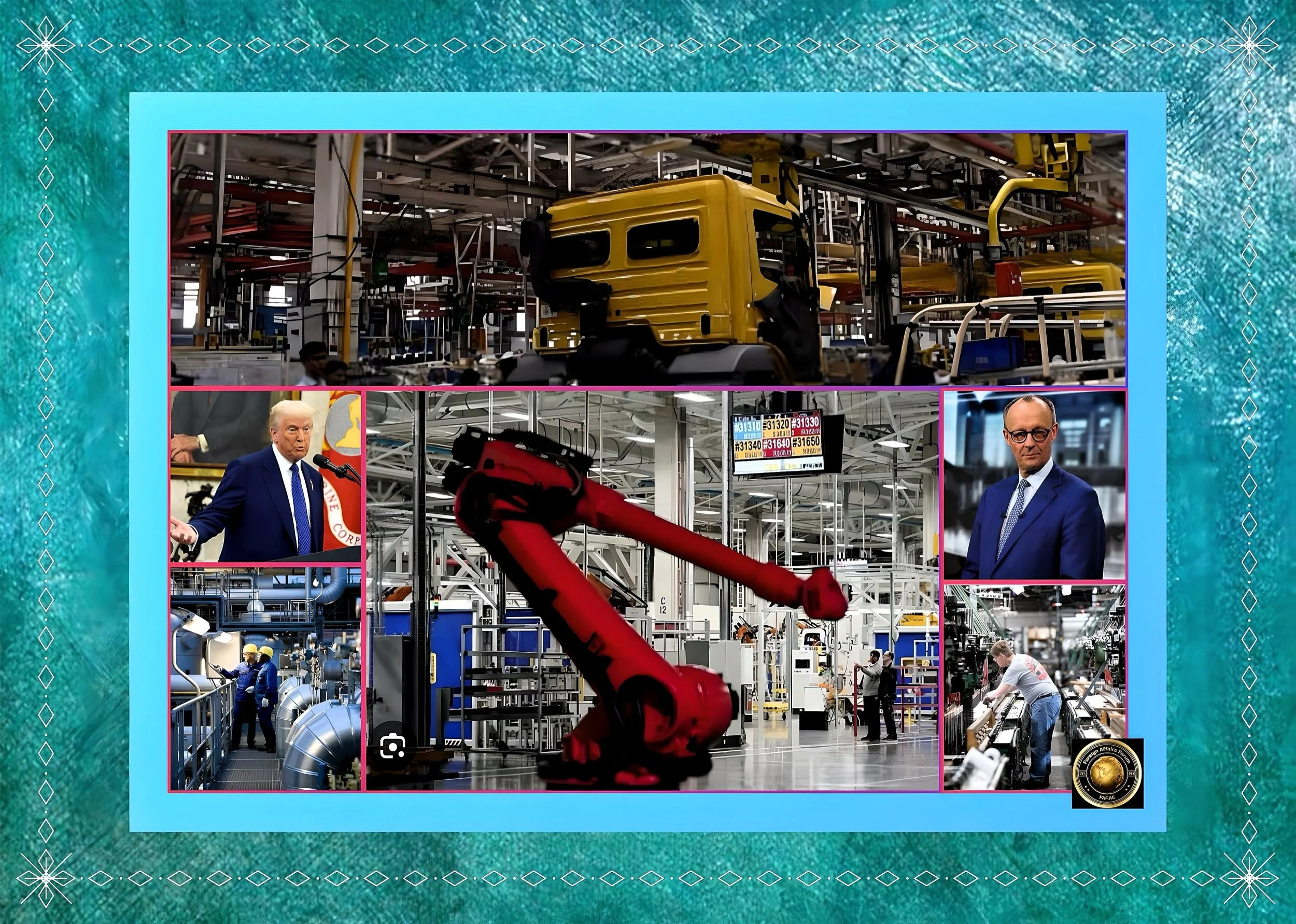Revitalizing Germany’s Manufacturing Sector: Strategic Policy Recommendations
Introduction
Germany stands at a critical economic crossroads, and despite its historical strength, its manufacturing industry faces significant challenges.
The country’s economic output contracted for two consecutive years through 2024, raising concerns about deindustrialization and long-term competitiveness.
FAF outlines specific policy interventions that could help revitalize Germany’s manufacturing sector and restore its position as a global industrial leader.
Current Manufacturing Landscape and Challenges
Germany’s manufacturing sector remains a cornerstone of its economy, accounting for 19.7% of gross value added in 2024—significantly higher than France (10.6%) and comparable to the United States (17.5%).
With approximately 8 million employees and a turnover of 2,900 billion euros, the sector is dominated by four key industries: automotive, mechanical engineering, chemical, and electrical.
Despite these strengths, Germany faces mounting challenges:
Structural Economic Pressures
Germany is experiencing what experts describe as “creeping deindustrialization,” with companies increasingly shifting investments and production abroad.
This trend and intensifying competition from China in vital sectors like automotive and chemicals threaten Germany’s industrial foundation.
Competitiveness Barriers
High energy costs, regulatory complexity, deteriorating infrastructure, and an innovation system that does not deliver commercial results have undermined Germany’s competitive position.
The country is falling behind in investments in science and innovation, particularly in core technologies for a digital and carbon-free future.
Geopolitical Shifts
Increasing geopolitical rivalry and supply chain disruptions have raised concerns about strategic autonomy and economic resilience, necessitating a recalibration of industrial policies.
Seven Strategic Policy Areas for Manufacturing Revitalization
Energy Policy Transformation
Implement Energy Cost Relief Programs
Expand electricity tax relief measures for manufacturing companies beyond the current €924 million program
Implement a comprehensive strategy to ensure competitive energy supplies and affordable electricity prices
Continue aggressive expansion of renewable energy to lower wholesale electricity prices systematically
Create an Energy Infrastructure Investment Fund
Establish a dedicated financing mechanism for electricity grid infrastructure via the proposed “Germany Fund.”
Implement reduced electricity VAT rates for industrial consumers to lower operational costs immediately
These measures would address the most pressing barriers to industrial competitiveness: high energy costs, which have driven manufacturing activities abroad.
Innovation and Technology Acceleration
Enhance R&D Incentives
Expand the successful R&D tax credit program established in 2020, which has seen a 60% increase in applicants from the machinery industry in 2023 alone
Increase the funding cap from the current €3 million exemption limit to stimulate larger-scale innovation projects
Strategic Technology Investment
Develop targeted funding programs for deep tech opportunities, including artificial intelligence and quantum computing
Create sector-specific innovation hubs that connect research institutions with manufacturers to accelerate technology transfer
Launch a comprehensive Industry 4.0 implementation program with subsidies for digital transformation projects
These policies would help address Germany’s innovation gap, which has been identified as a critical weakness in competing with technological leaders like the United States and China.
Regulatory and Administrative Reform
Reduce Bureaucratic Burdens
Implement a comprehensive review and simplification of industrial regulations, focusing on reducing compliance costs
Streamline permitting processes for industrial expansions and new facilities to accelerate investment decisions
Create regulatory sandboxes for manufacturing innovation that allow for controlled experimentation with reduced regulatory burdens
Tax System Modernization
Reform corporate taxation to improve international competitiveness, potentially through the “Agenda 2030” framework aimed at achieving 2% growth
Implement accelerated depreciation allowances for investments in production equipment and facilities
Regulatory simplification represents a relatively low-cost intervention that could significantly improve Germany’s business environment for manufacturers.
Strategic Infrastructure Investment
Manufacturing-Oriented Infrastructure Program
Launch a targeted infrastructure investment program focused on industrial corridors and manufacturing hubs
Modernize transportation networks crucial for industrial logistics, addressing the significant delays currently affecting freight transport
Develop advanced digital infrastructure to support innovative manufacturing initiatives
Financing Mechanism Overhaul
Consider relaxing regulations on annual borrowing specifically for infrastructure projects with direct industrial benefits
Create a separate industrial infrastructure fund dedicated to manufacturing-related infrastructure needs
Infrastructure improvements would address physical constraints on manufacturing growth while creating positive economic spillover effects.
Skills Development and Labor Market Reform
Advanced Manufacturing Skills Initiative
Modernize the dual vocational training system to incorporate advanced manufacturing skills and digital competencies
Establish industry-education partnerships to ensure training programs match emerging industry needs
Create incentives for continuous workforce upskilling to address technological transformation
Labor Market Flexibility Measures
Develop policies that balance worker protection with the flexibility needed for manufacturing innovation
Implement targeted immigration policies to address specific skill shortages in the manufacturing sector
Human capital development is essential for manufacturing revitalization, particularly as Industry 4.0 technologies transform skill requirements.
Strategic Industrial Autonomy
Supply Chain Resilience Program
Create incentives for reshoring critical manufacturing capabilities through targeted subsidies
Develop a strategic industrial autonomy framework that identifies key technologies and production capabilities that should be maintained domestically
Establish investment screening mechanisms focused on protecting strategic manufacturing assets
European Industrial Coordination
Advocate for an ambitious, long-term EU industrial strategy with specific measures to support European industrial companies
Develop joint European manufacturing initiatives in strategic sectors to achieve scale economies
These policies would help address vulnerabilities exposed by recent global disruptions while preserving Germany’s manufacturing capabilities in critical sectors.
Collaborative Governance Model
Industrial Stakeholder Forums
Formalize societal dialogue mechanisms that bring together government, industry, labor, and academic stakeholders to define long-term industrial objectives
Revitalize Germany’s corporatist tradition whereby employers and unions negotiate until a consensus is reached on industrial transformation
Public-Private Implementation Partnerships
Create structured public-private partnerships for implementing industrial policy initiatives
Establish competition-based incentives for supporting public institutions to act in a business-like manner
This collaborative approach builds on Germany’s traditional strengths in consensus-building and stakeholder engagement, distinguishing it from more top-down industrial policy approaches.
Conclusion
Germany’s manufacturing sector stands at a critical juncture, facing significant challenges and possessing considerable strengths.
The recommendations above represent a comprehensive approach to revitalizing this vital sector, building on Germany’s traditional industrial policy strengths while addressing emerging challenges.
The proposed “Germany Fund,” offering a 10% premium for industrial investments, expanded R&D tax credits, and strategic infrastructure investments, could form the foundation of this revitalization strategy.
However, success will require coordinated action across multiple policy domains and a long-term commitment to industrial development.
By implementing these policies, Germany can lead in what some analysts call the “re-industrial era”—a period characterized by renewed focus on manufacturing capabilities amid global economic and geopolitical shifts.
Rather than accepting deindustrialization as inevitable, Germany can chart a path toward renewed industrial strength and prosperity.




